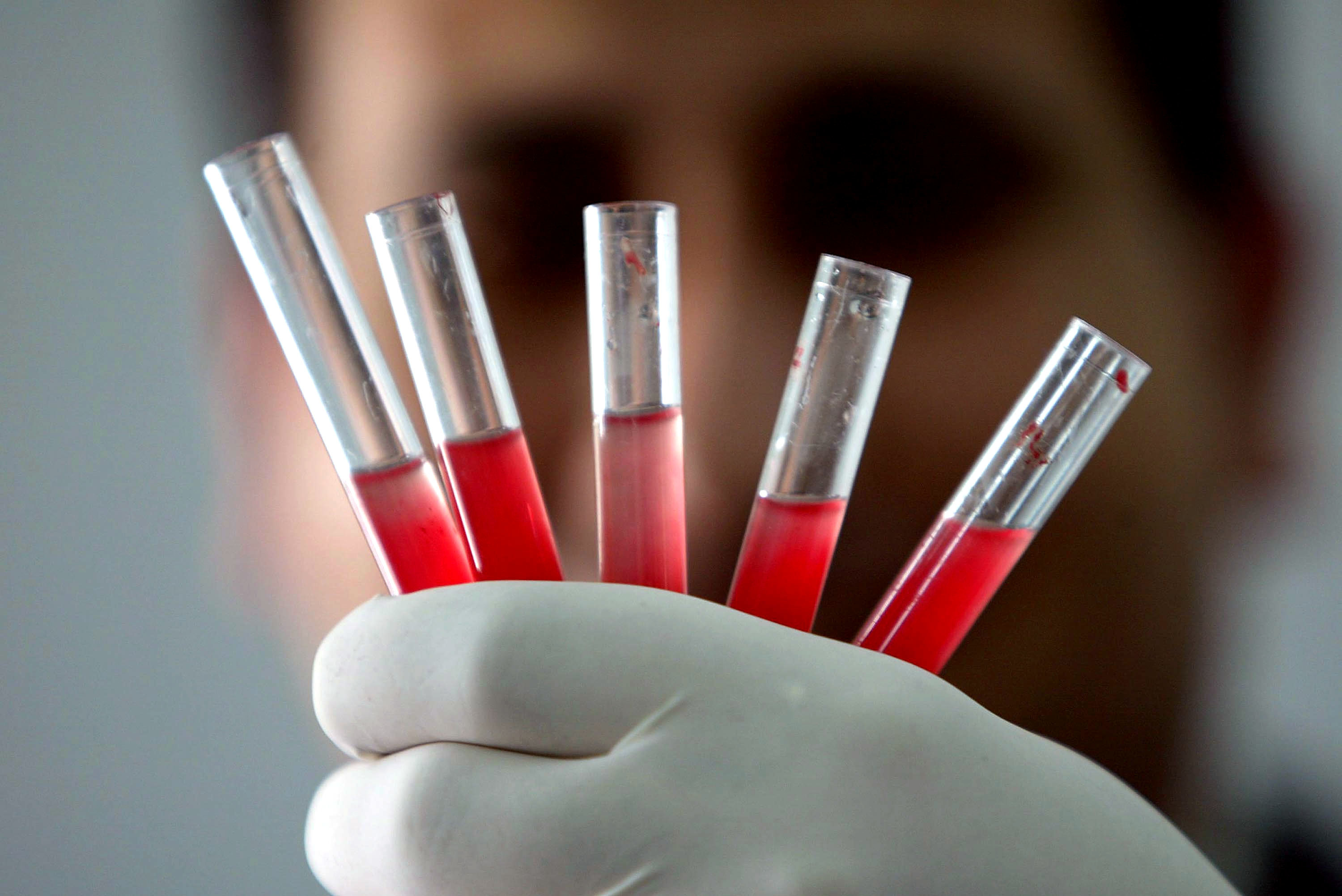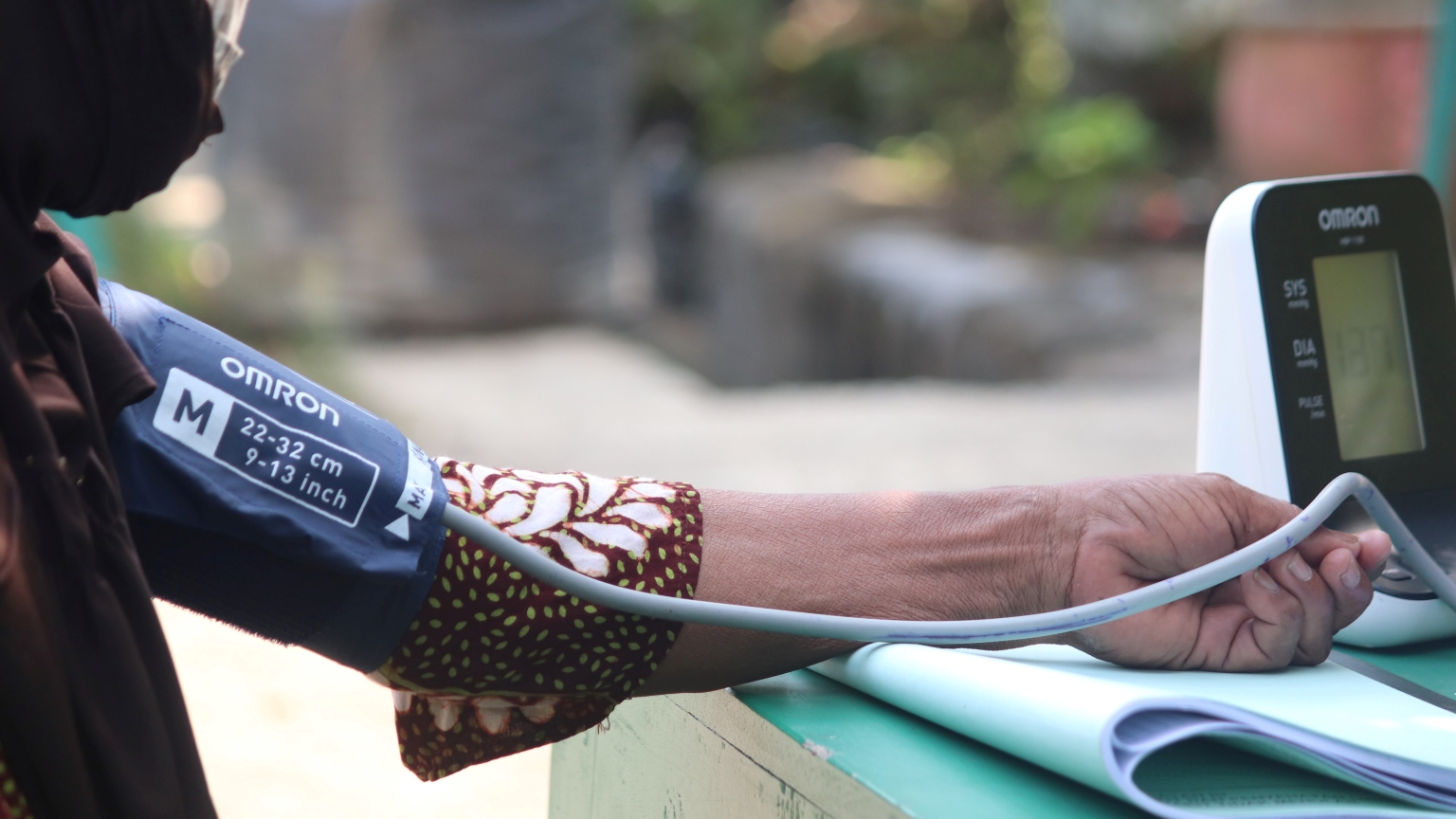Sepsis still kills 1 in 5 people worldwide

Can an otherwise healthy young woman die from what starts out as something akin to a common cold? The answer is, shockingly, yes, when certain telltale signs of a more serious problem go undetected.
Though many people haven’t even heard of it, sepsis – the body’s extreme response to infection – is the leading killer of hospitalized patients in the United States. Worldwide, sepsis is responsible for 1 in 5 deaths every year. Even among those who survive, many will never be able to return to work, and some won’t be able to return home from the hospital, requiring life support or ongoing critical care.
We are two researchers and critical care doctors at the University of Pittsburgh School of Medicine who are working to change the way scientists and doctors think about sepsis. We are interested in understanding and spreading awareness about how sepsis starts and how it can elude even the most astute physicians.
We are also learning more about how community factors are at play and how a better understanding of the communities we all live in could help everyday people and health care workers alike recognize and stop this deadly disease.
What is sepsis?
Sepsis is a medical emergency that begins with an infection – perhaps even a mild infection. Upon detecting bacteria or a virus, your body releases a choreographed cascade of chemicals into the bloodstream. This chemical alert beckons an artillery of immune cells that work in concert to fight the bug.
When this system works well, your body clears the infection and you get better. But when the system doesn’t work well, sepsis can ensue.
The onset of sepsis occurs when your immune cells pivot from fighting the infection to fighting your own tissues and organs. This reaction can be similar to an autoimmune response, a condition in which the body’s immune system turns on itself. Many people are familiar with chronic autoimmune diseases such as rheumatoid arthritis or Crohn’s disease, but sometimes this type of autoimmune response can occur even in healthy people.
When sepsis occurs, the immune system can commonly injure the heart, lungs, kidneys or blood cells, among other important body systems. Inflammation in the blood vessels can make them leaky, causing blood flow to the brain and other organs to become severely diminished. When this occurs, a person’s blood pressure may become dangerously low, which is a severe form of sepsis known as septic shock.
Without prompt and proper treatment – and sometimes even despite treatment – sepsis can cause organ damage and even death. Once shock develops, mortality from sepsis is estimated to jump from 10% to as high as 40%.
Sepsis can result from nearly any infection. Most commonly it develops from pneumonia or a urinary tract infection. Severe COVID-19 can also cause sepsis. Often, sepsis patients are seen by a medical professional for infection symptoms in the week preceding sepsis hospitalization. However, predicting which infected patients will go on to develop sepsis is very difficult.
Treatment options
The cornerstones of sepsis treatment are prompt recognition of sepsis symptoms, followed by antibiotics and fluids. But even the most careful and attentive physicians can miss the early signs of sepsis.
This is largely because there is no single test to positively diagnose sepsis. Sepsis symptoms may mimic other life-threatening conditions such as heart attacks, blood clots, bleeding or even an allergic reaction. Patients often display vague and variable symptoms such as weakness, lightheadedness and rapid breathing, making the diagnosis even more challenging.
For example, a young, otherwise healthy person with sepsis due to pneumonia may look much different from an older diabetic who develops sepsis from a smoldering skin infection.
Sepsis patients nearly always require admission to the hospital or even the ICU, and those with severe forms of sepsis often require life support. This may include dialysis or mechanical ventilation to support failing organs. The source of infection needs to be identified and, in some cases, surgically removed. Delaying sepsis treatment by even a few hours can have deadly consequences.
Recognizing sepsis before it’s too late
Differences in sepsis go beyond symptoms. COVID-19 has laid bare that severe illness isn’t a game of chance. Like COVID-19 infection, sepsis susceptibility – and who is most likely to get sick and die – is part of a complex interplay of social influences that include racism, poverty, geography and community dynamics.
Research strongly suggests that certain people are at far higher risk of developing sepsis than others. Much like COVID-19, older people with underlying chronic diseases like obesity and diabetes face a heightened risk for sepsis. Such factors as race, poverty and even driving distance to the hospital may have a significant impact on who survives sepsis.
Most of the work done to improve sepsis detection and treatment has focused on the hospital setting. Doctors, researchers and even government agencies have concentrated their efforts on improving sepsis recognition and treatment once a patient reaches the hospital. Research aimed at understanding an individual’s sepsis risk has focused on personal health history and social and economic factors such as income and race, or community features such as primary care access.
While these approaches have advanced the field’s understanding of sepsis, they have led to little progress in reducing the incidence of sepsis in the U.S.
New approaches to catching a killer
Given what is known about the importance of early sepsis treatment, researchers like us are taking a closer look at the role of communities in improving sepsis detection and understanding sepsis risk.
The early stages of sepsis can evolve rapidly when a patient is at home. Scientists estimate that 87% of sepsis cases start outside the hospital. When a patient does present for care, it’s often in a clinic or emergency medical services setting in the days and even hours preceding sepsis hospitalization. These critical treatment windows may mean the difference between life and death for a sepsis patient.
Alongside researchers based at Kaiser Permanente Northern California, we are now working to advance sepsis care by studying sepsis patient symptoms, community factors, diagnosis and treatment patterns outside the hospital. We are also expanding work to improve sepsis diagnosis among hospitalized patients. This coast-to-coast collaboration will study patients cared for at over 40 hospitals, 30 EMS agencies and a critical mass of ambulatory clinics. We hope that our work will shed light on the early stages of sepsis, including signs that may signal that an infected patient is progressing to sepsis, and explore diagnostic and treatment approaches that could help stop sepsis before it advances too far.
We are also learning a great deal more about the complicated role of community factors like poverty on health outcomes, including sepsis. Using “syndemic theory” – a framework to describe synergistic epidemics that arise from harmful social conditions – we are studying how two co-occurring epidemics, like poverty and asthma, can work together to increase negative health outcomes. Though this framework is only beginning to be used to study acute illness, it has the potential to transform the way we think about sepsis.
This article is republished from The Conversation under a Creative Commons license. Read the original article.





